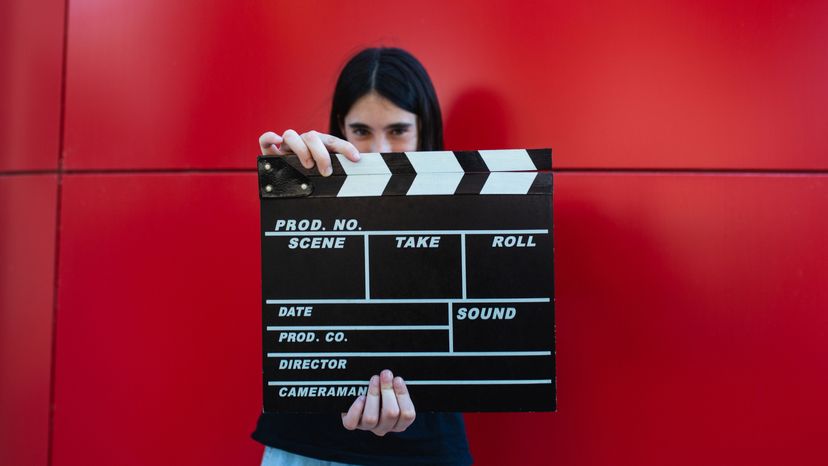
At this point in time, there’s probably not much use in complaining about product placement in movies. The battle has been lost and product placements are now ubiquitous in films. Marketers invest heavily to get their products featured in popular movies or to have movie characters hold up their product for a few seconds. Filmmakers justify the exercise by saying it gives their movie a more realistic look and feel. Nevertheless, some product placements go overboard to the point that their product placement is distracting and downright insulting to audiences. And here are 10 of the worst product placements ever in the movies.
Advertisement